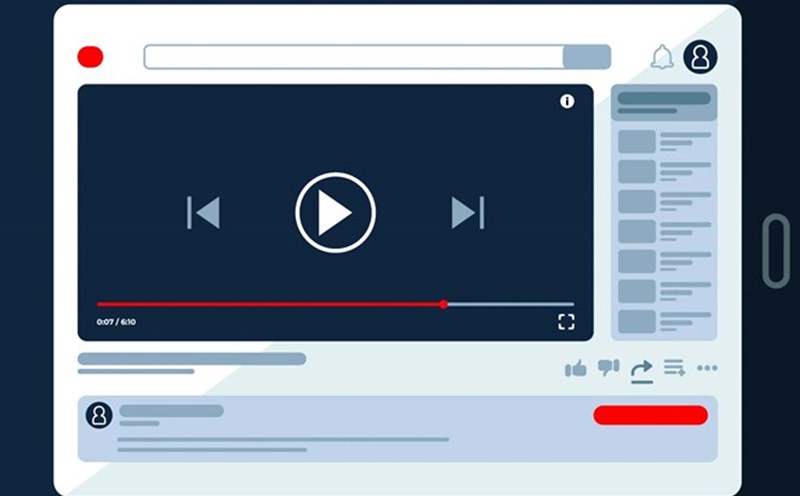YouTube has announced an expansion of multi-linguistic speakers to all content creators globally in the coming weeks.
This move is expected to help both small and large YouTubers reach international audiences more easily, while giving viewers the opportunity to enjoy videos in their own mother tongue.
The feature first appeared in 2023 as a limited test. Only a group of famous YouTubers like MrBeast or Mark Rober were approached early and quickly witnessed clear results, as the audience increased by millions of people from all over the world.
According to YouTube, videos with multi-linguistic audio versions have recorded a viewing time increase of more than 25% from users who do not speak the original language.
A typical example is chef Jamie Oliver. After applying the speakers feature, his YouTube channel has recorded a threefold increase in views, with many audiences coming from markets outside of Europe.
Mark Rober is also considered the creator who makes the most of this tool, as on average each of his videos is leotically translated into more than 30 different languages.
YouTube emphasizes: When an American creator releases a video, in just a moment, viewers in Korea, Brazil or India can watch the video in localized language.
This opens a new door for both viewers and creators, who were previously limited by language barriers or the cost of hiring voice services from third parties.
Not stopping there, the platform also deploys a new feature that allows localized thumbnails to be attached to the user's language.
This is considered a step forward to make the content more familiar and suitable for each international audience group.
According to analysts, the multi-linguistic dubbing feature not only brings a better experience to users but also creates opportunities for creators to increase revenue by expanding the market.
In particular, small channels will have the opportunity to reach out globally, competing more fairly with big names.
With this strategy, YouTube is affirming its pioneering position in breaking down language barriers, bringing digital content closer to billions of users around the world.











